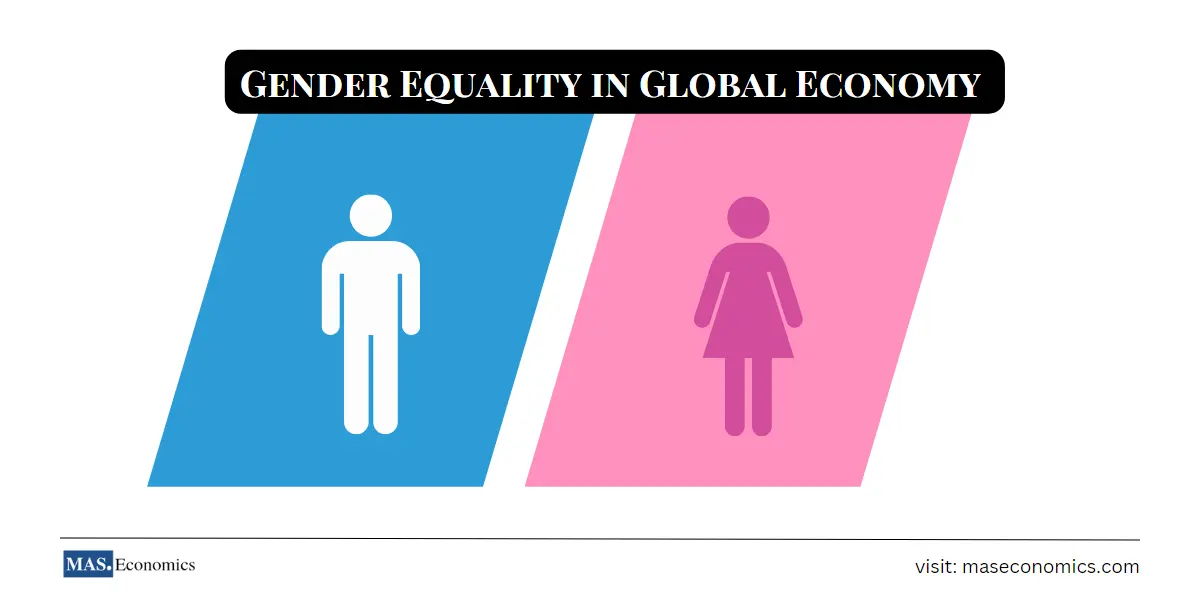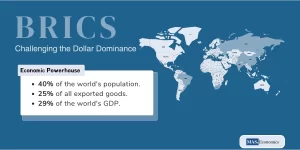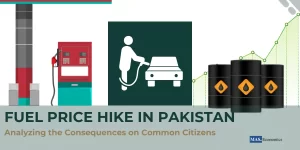Despite significant progress in recent decades, gender inequality remains a persistent issue globally, with far-reaching economic implications. Women continue to face barriers to equal pay, credit, and leadership opportunities, leading to billions of dollars in annual economic losses.
However, research has shown that reducing the gender gap can significantly increase GDP, with 20-30% estimates. Moreover, women account for half of the world’s population but contribute only 37% of the global GDP, highlighting the enormous potential for increased economic growth through promoting gender equality.
Recognizing the urgency of this issue, the United Nations has identified gender equality as a crucial component of achieving sustainable development outcomes. In this article,
While many people are aware of the social and moral implications of gender inequality, fewer understand its significant economic consequences. In this article, I will explore the economic case for gender equality and how closing the gender gap can benefit us all.
Economic Costs of Gender Inequality
Gender inequality has a huge economic toll, damaging growth and development. According to the International Monetary Fund (IMF), eliminating gender gaps in the labor market could increase global GDP by $6 trillion by 2025. Women suffer from unequal pay across virtually all countries, leading to an estimated additional $160 trillion being added to the global economy if this gap were closed.
The consequences of gender inequality are particularly acute in agriculture and finance. In agriculture, women comprise 43% of workers but own only 15% of the land. This lack of access to resources restricts productivity and overall output. In finance, women hold just 5.5% of CEO positions – limiting possible talent and innovation, which may negatively impact economies.
Developing countries like Pakistan and India are among those worst affected by gender inequality, with women facing barriers such as limited access to education, employment, or leadership roles. The International Labour Organization estimates that South Asian women’s participation in the workforce is only 23.6%, compared to 77.4% for men – curtailing potential contributions and leading to further economic losses.
Gender equality is not just a moral imperative but also an economic one. The benefits of closing the gender gap are significant, and failure to do so will continue to result in substantial economic losses. We all must champion gender equality and create a more prosperous and inclusive world for everyone.
Understanding the Factors Behind
Gender inequality in the global economy is a complex issue influenced by various factors. Unequal pay, limited access to credit and capital, and underrepresentation in leadership positions are some of the most significant barriers women face in the workforce.
One of the most pervasive issues is unequal pay, a persistent problem in almost every industry and sector. This inequality results from multiple factors, including gender discrimination, the undervaluation of women’s work, and the unequal distribution of care responsibilities between men and women. All these factors restrict women’s earning potential, ultimately limiting their economic contribution.
Limited access to credit and capital is another major challenge for women entrepreneurs. Studies show that women-led businesses receive only 1% of venture capital, making it difficult for women to start and grow their businesses. This lack of access to capital restricts their ability to contribute to economic growth and development.
The underrepresentation of women in leadership positions is another significant factor contributing to gender inequality. Women are significantly underrepresented in leadership roles, particularly in male-dominated fields like finance and technology. This underrepresentation limits the potential talent and innovation that could be brought to these industries, with high economic costs.
It’s essential to note that these factors affect women differently in different countries and industries. But, overall, they significantly limit women’s economic opportunities and potential contributions to the global economy. Understanding and addressing these factors is crucial for promoting gender equality and driving economic growth and development.
Gender Equality in Pakistan, India, and Bangladesh
Gender inequality is a significant problem in Pakistan, India, and Bangladesh, and it seriously impacts their economies. However, there is growing recognition of the economic benefits of promoting gender equality in these countries.
In Pakistan, women face education, employment, and other fundamental rights discrimination. But studies show that closing the gender gap could boost Pakistan’s GDP by 30% by 2025 and increase labor productivity by 27%. Policies such as equal pay and more perfect represent more excellent decision-making bodies, and more leadership roles for women should be implemented to achieve this.
India, despite being the second most populous country and a fast-growing economy, is also struggling with gender inequality. Women in India face significant challenges in education and employment, and the country ranks 140th out of 156 countries for gender equality. However, closing the gender gap could add up to $770 billion to India’s economy by 2025. Empowering women, enhancing their access to credit and capital, and increasing their representation in leadership roles can achieve this.
Bangladesh has made considerable progress in gender equality, achieving gender parity in primary and secondary education and high female labor force participation. The country ranks 50th out of 156 countries for gender equality. However, closing the gender gap could boost Bangladesh’s GDP by up to 19%. This can be achieved by increasing women’s access to education, healthcare, and entrepreneurship and promoting increased representation in decision-making.
Gender inequality is a significant challenge in these countries, resulting in a gender wage gap and lower labor force participation rates for women. Closing these gaps would result in higher productivity, innovation, human capital, and economic growth. Policymakers must work towards ending gender-based discrimination and provide equal access to education, training, resources, and finance to achieve gender equality and economic development.
Closing the Gender Gap
Closing the gender gap in the global economy is a complex challenge that requires a multi-faceted approach. One key area of focus is ensuring equal pay for equivalent work, which can be achieved through various strategies, such as implementing regulations like salary transparency and anonymous job applications to reduce unfairness. The Equal Pay International Coalition (EPIC) is a vital partner in this effort, working to close the gender pay gap through various initiatives, including raising awareness, sharing knowledge, and supporting nations in their efforts to achieve equal pay for work of equal value.
In addition to equal pay, women entrepreneurs need access to credit to finance their businesses. Governments and financial institutions can help by providing lower interest rates and longer repayment terms. Creating more educational and training opportunities for women to secure high-paying jobs with advancement prospects is also crucial. Finally, creating more leadership roles for women is essential for unlocking their full potential and tapping into their varied perspectives.
To support these efforts, EPIC has developed a range of resources, including a global database of related policies and practices related to equal pay, a guidebook for employers on implementing similar pay regulations, and a handbook for countries on building national strategies focused on equal pay. EPIC is also campaigning for gender-oriented procurement policies, encouraging public and private entities to prioritize suppliers committed to gender equality and equivalent remuneration.
By partnering with governments, employers’ bodies, workers’ groups, civil society representatives, and global organizations, EPIC is working towards bringing about transformation on an international level. By furthering equal wages, promoting female workforce engagement, and contributing to the achievement of UN Sustainable Development Goal 5, EPIC is making substantial progress toward closing the gender pay gap and enabling all women worldwide to reach their full potential.
Conclusion
Gender equality is not only a matter of social justice but also has high economic costs and benefits. Closing the gap could result in higher productivity, innovation, human capital, and economic growth. Closing this gap requires governments to work towards ending gender-based discrimination by providing equal access to education, training resources, and finance.
Additionally, organizations like EPIC are working on initiatives such as salary transparency regulations and anonymous job applications to achieve equal pay for equivalent work across different countries. With all these combined efforts, we can step toward closing the gender wage gap worldwide while empowering women everywhere to reach their full potential.




